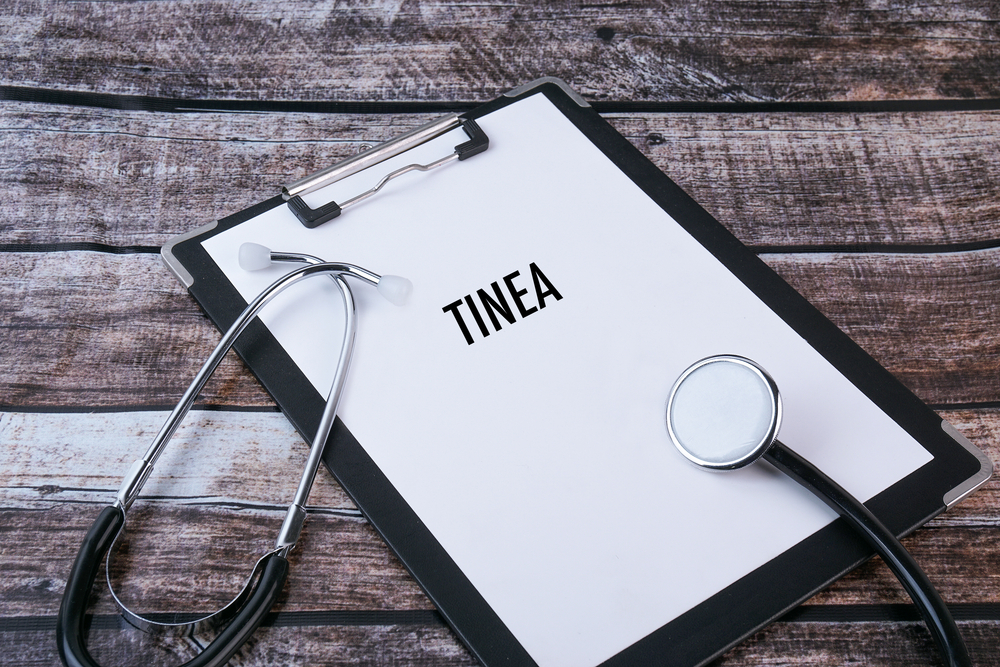The fungus Malassezia is a type of yeast that can be found on the area of the skin. It doesn’t cause any health problems. Many microscopic organisms, such as yeasts, live on your skin in a broader community to help protect you from infections and other pathogenic diseases that can harm the body. They live on your body cells with other organisms that benefit and support each other. Tinea versicolor happens when the fungus Malassezia grows faster on an area of the skin. Doctors also don’t know why this is happening. Some of the factors that may help enhance the growth of the yeast on the skin may include:
- Hot weather
- Excessive sweating
- Oily and wet skin
- Weak immune system
- Hormone changes
Tinea versicolor can happen in people of any background, and it’s common in adults and young adults. Adults are prone to have tinea versicolor if they visit a place with a warmer climate.


